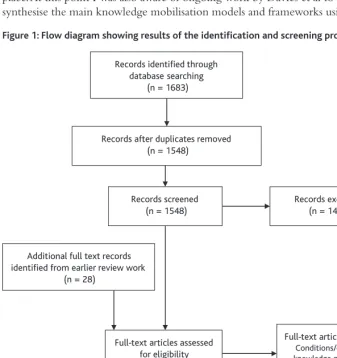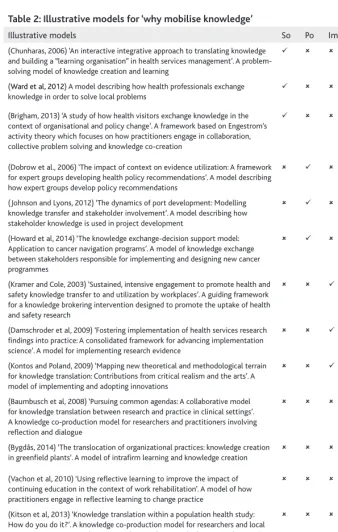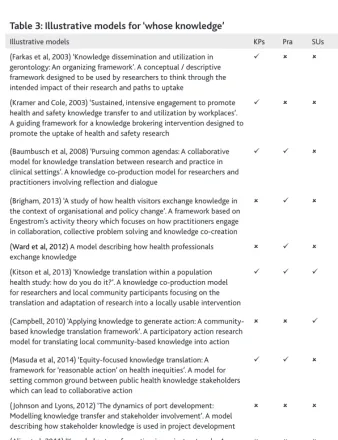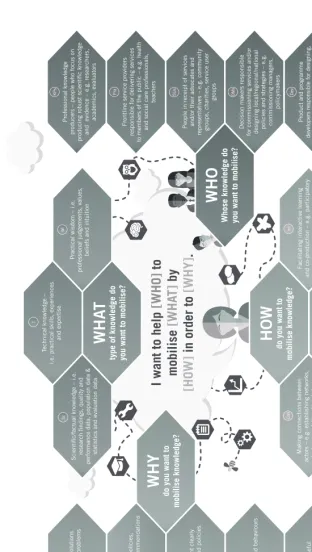Why, whose, what and how? A framework for knowledge mobilisers
Full text
Figure




Related documents
Contribution of aroma compounds to the overall aroma quality of the raw and thermally processed snail meats Finally, to have an idea of the contribution of the odor- ants to the
To investigate if alterations in LSD1 activity rather than gene expression alone can be used for prognostication in SHH patients, we performed a clustering of SHH tumor samples
As a final conclusion, university teachers must favour self-regulation of learning, offer the students the opportunities to discover the usefulness of digital technologies and
T he data was obtained from three di ff erent sources: a) a content analysis of the messages posted by students to the Moodle web - based forums and LINE application chat rooms
Experiments were designed with different ecological conditions like prey density, volume of water, container shape, presence of vegetation, predator density and time of
(2005) Determining a diagnostic dose for imidacloprid susceptibility testing of field- collected isolates of cat fleas (Siphonaptera: Pulicidae). (2004) Efficacy of
Measurement, Constrained Estimation, Nonlinear Filtering, Distributed Fusion, Packet... List
On Tenerife, a spectral camera with an objective grating is mounted under an angle of 14 ◦ such that the first-order spectrum of meteors recorded by the zero-order camera is

